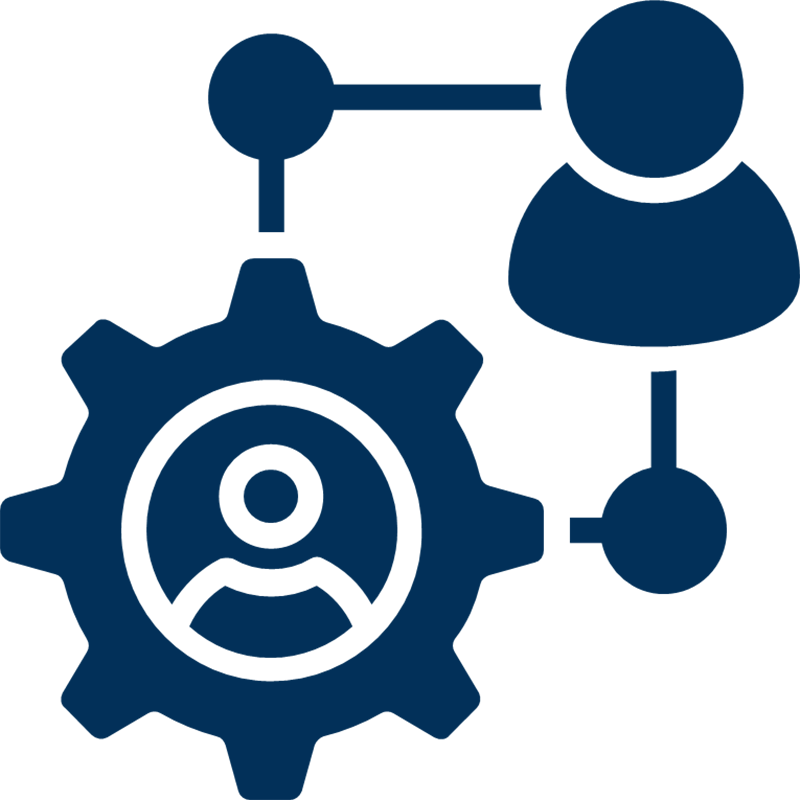Process Control & Optimization

Overview
Process control and optimization (PCO) is the discipline of adjusting a process to maintain or optimize a specified set of parameters without violating process constraints. The PCO market is being driven by rising demand for energy-efficient production processes, safety and security concerns, and the development of IoT systems that can reliably predict process deviations. Fundamentally, there are three parameters that can be adjusted to affect optimal performance.
- Equipment optimization: The first step is to verify that the existing equipment is being used to its fullest advantage by examining operating data to identify equipment bottlenecks.
- Operating procedures: Operating procedures may vary widely from person-to-person or from shift-to-shift. Automation of the plant can help significantly. But automation will be of no help if the operators take control and run the plant in manual.
- Control optimization: In a typical processing plant, such as a chemical plant or oil refinery, there are hundreds or even thousands of control loops. Each control loop is responsible for controlling one part of the process, such as maintaining a temperature, level, or flow. If the control loop is not properly designed and tuned, the process runs below its optimum. The process will be more expensive to operate, and equipment will wear out prematurely. For each control loop to run optimally, identification of sensor, valve, and tuning problems is important. It has been well documented that over 35% of control loops typically have problems. The process of continuously monitoring and optimizing the entire plant is sometimes called performance supervision.
Applicable Industries
- Transportation
- Equipment & Machinery
- Chemicals
Applicable Functions
- Discrete Manufacturing
- Quality Assurance
Market Size
The advanced process control market is estimated to reach USD 1.4 billion by 2020; growing at a CAGR of 11.79% from 2014 to 2020.
Source: Markets and Markets
Case Studies.
.png)
Case Study
Improving Vending Machine Profitability with the Internet of Things (IoT)
The vending industry is undergoing a sea change, taking advantage of new technologies to go beyond just delivering snacks to creating a new retail location. Intelligent vending machines can be found in many public locations as well as company facilities, selling different types of goods and services, including even computer accessories, gold bars, tickets, and office supplies. With increasing sophistication, they may also provide time- and location-based data pertaining to sales, inventory, and customer preferences. But at the end of the day, vending machine operators know greater profitability is driven by higher sales and lower operating costs.

Case Study
SAP Leonardo Enabling Rocket Science
At times, ULA has as many as 15 different operating systems dedicated to overlapping processes, such as rocket design, testing, and launch. Multiple systems created unnecessary costs and unwanted confusion among workers at offices, factories, and launch sites in different location. In order to improve collaboration and transparency during vital activities that directly influence mission success, ULA wanted to improve data sharing and streamline manufacturing processes.



